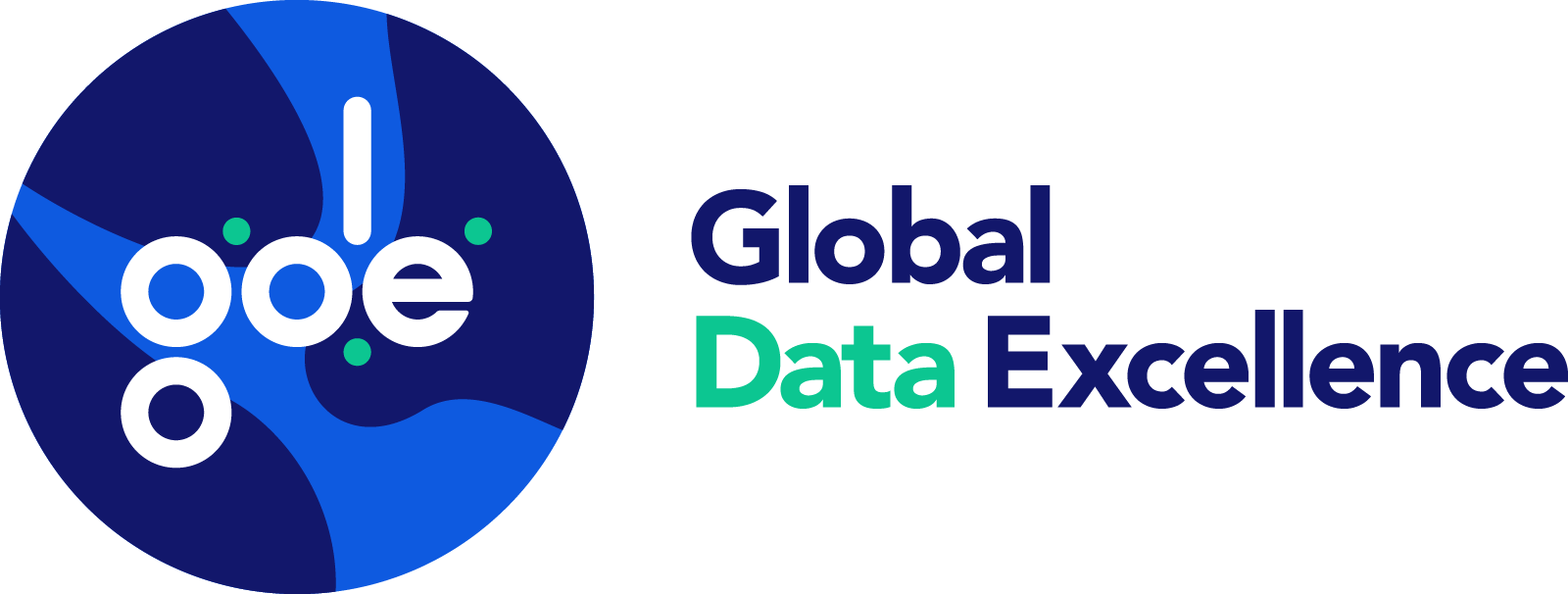
Why it Matters?
For decades MBAs and business consultants have drilled into organizations the need to define, track, and report on key performance indicators, or KPIs. By measuring performance and comparing results across quarters, it was said, organizations could determine where to commit resources to shore up weak areas and maximize returns on investment.
With digital tools becoming widespread and the capacity to generate and inexpensively store more data than ever before, businesses were able to measure more than ever before. Simple KPIs like revenue generated, net profit, cash flow and inventory turnover were supplemented by more complex and research intensive KPIs like net promoter scores, percentage market share, and employee productivity measures.
It’s questionable, though, whether the proliferation of KPIs and the reliance on those metrics by managers has improved business performance. Journals like The Harvard Business Review warned of the traps in performance management by KPI, noted that too much focus on metrics could undermine a business, and revealed that the KPIs that businesses chose to track often did not reflect the strategic priorities of that business.
Fortunately, there is an emerging alternative to KPIs, one that is set to change the way that decisions are made, strategies are set, and futures are imagined.
KPIs: Looking Backwards to Go Forwards?
Consider for a moment the simple KPIs mentioned above:
- Revenue generated
- Net profit
- Cash flow
- Inventory turnover
What do they all have in common? Each one is reporting on the past or – at best – the current state of a business system.
An annual report, for example, might explain that the revenue generated was $21.2 billion, and that this was an increase of 6% on the year before. A good result? Perhaps – but this figure on its own reveals nothing about the future of the company, only it’s past performance. Couple it with figures for cash flow, net profit, and inventory turnover and you get a broader picture of the performance of the business, but this is only a broader picture of what has already happened.
How will the business fare in the year ahead? What parts of the business will be successful in the year ahead? Where should action be taken now to overcome future challenges to the business, and where should those actions be focused?
KPIs are, in essence, measures that can only report what has already happened or – at best – what is happening right now. As a result, using them as the basis for making decisions about the future presents some significant issues, not least of which is: what happens if the future does not resemble the past?
Little wonder, then, that organizations are turning away from KPIs and seeking alternative metrics to help them manage their business in uncertain times.
A Paradigm Shift Towards Governing by Value
The shift from KPIs to alternative metrics is part of a wider paradigm shift from governing a business based on its past performance to governing that same business with a singular focus on and anticipation of the ultimate value it intends to create. This shift from ‘govern by performance’ to ‘govern by value’ is both a recognition of the inherent failings in making decisions about an uncertain future based on performance in an unchanging past, and renewed attention on what an organization has set out to achieve in place of a focus on what it already has achieved.
This paradigm shift in management, however, demands new metrics. By their very nature, KPIs are of little value in determining where value is generated or where it can be created in the future. What’s needed is not an indicator of performance, but an indicator of value.
And hence Dr. Walid el Abed’s key value indicator, or KVI, was born.
KVIs: Looking Forward to Future Value
KVIs are forward-looking, future-focused, and demand a ‘govern by value’ approach to business. These numerical indicators express the value created by each business function’s transactions. This process of valorization is distinct from the backward-looking, past-focused KPIs and, in practical terms, KVIs allows anticipation of the impact of a non-compliant data asset (e.g., employees, customers, suppliers, or products) before it actually impacts your business.
Adopting KVIs over KPIs fundamentally changes the way that a business is run and the questions that decision makers ask themselves when developing operational and strategic plans. Where KPIs allow managers to demand not much more than is this part of my business performing well? KVIs encourage them to ask how much does this part of my business add to my ultimate value creation?
Organizations that embrace KVIs can track topline value creation and make the right decisions to enable that value creation throughout the business. It enables businesses to express in quantitative terms the contribution to the total value creation of every resource – human, financial, time and more – in the business. With such a metric at hand it is possible to assess what is essential and what is not, what areas to invest in and what the impact of such an investment is likely to be, something that is almost impossible with traditional, performance-focused tools.
And the bottom-line impact of a switch to KVIs? That can be significant, too.
An Extra Billion Dollars on the Bottom Line
Global Data Excellence recently worked with a major multinational in the food industry used to managing their business with KPI metrics. The company faced challenges in its supply chain strategy, in particular with relation to the transparency of its strategic sourcing. The complexity of the supply chain meant that the company did not have a clear vision of the volume of suppliers and so, therefore, had no clear path forward to understand how to optimize its sourcing strategy.
The company adopted GDE’s Data Excellence Management System (DEMS) and honed in on a KVI of production cost versus sourcing cost. Linking these two costs in DEMS provided the transparency the company needed to rationalize and optimize their sourcing. By focusing on where the value was being created and the processes driving that value creation, the company was able to generate a more transparent supply chain and save some $1 billion annually.
Conclusion
There’s no way for a company to move forward into an uncertain future with confidence if they are basing their decisions on performance in the past. As the limitations of backward-facing, performance-focused metrics like KPIs become clear, the value of transitioning to forward-focused, value-centered KVI metrics is clear. No matter the industry, no matter the organization, understanding where the value of tomorrow is created in a business is the key to generating a return on a company’s investment in data and analytics.
Global Data Excellence News
Dr. Walid el Abed at S3C 2025: Data Sovereignty, Ethical AI, and Digital Governance
We are pleased to share the presentation by Dr. Walid el Abed, Founder and CEO of Global Data Excellence, at the S3C 2025 Summit – a major event...
Global Data Excellence and The Higher Committee of Human Fraternity Unite to Drive Ethical AI and Human-Centered Technology for Global Good
For immediate release Geneva, Switzerland – May 23, 2025 – Global Data Excellence (GDE) and The Higher Committee of Human Fraternity have entered...
GLOBAL DATA EXCELLENCE CELEBRATES DATA INDEPENDENCE DAY WITH THE LAUNCH OF DEMS FOR ALL
Press Release: For Immediate Release Geneva, Switzerland – September 18, 2024 – In a historic announcement, following Dr. Walid el Abed's...

Global Data Excellence (GDE)
Route de la Galaise 34
CH - 1228 Plan-les-Ouates


© 2024 Global Data Excellence | All Rights reserved | DEMS Support Platform | Website realised by Swiss House of Brands




Recent Comments